How To Never Waste Time Again: 12 Strategies to Never Waste Time Again
Do you feel like your life is always at a fast pace? That no matter what you do, there never seems to be enough time in the day. If so, then it might be because you are wasting precious time.
Time is one of the most valuable resources we have and it should not be taken for granted. Unfortunately, many of us spend our days aimlessly scrolling through social media or watching TV instead of making the most of our lives.
We become passive observers in our daily activities and leave out opportunities for growth and development.
So if you’re tired of feeling like time keeps slipping away from you, then this article is for you.
Here, we will take a look at some practical ways to never waste time again. This can include creating a plan for each day, reprioritizing tasks, setting deliberate limits for activities, avoiding “time-fillers” such as social media or entertainment, and more!
By working on becoming more aware and intentional with your time management skills, you can enjoy a life that is rich in satisfaction and productivity. Stop wishing your days away – start using them to their fullest potential!
1. Prioritize your tasks
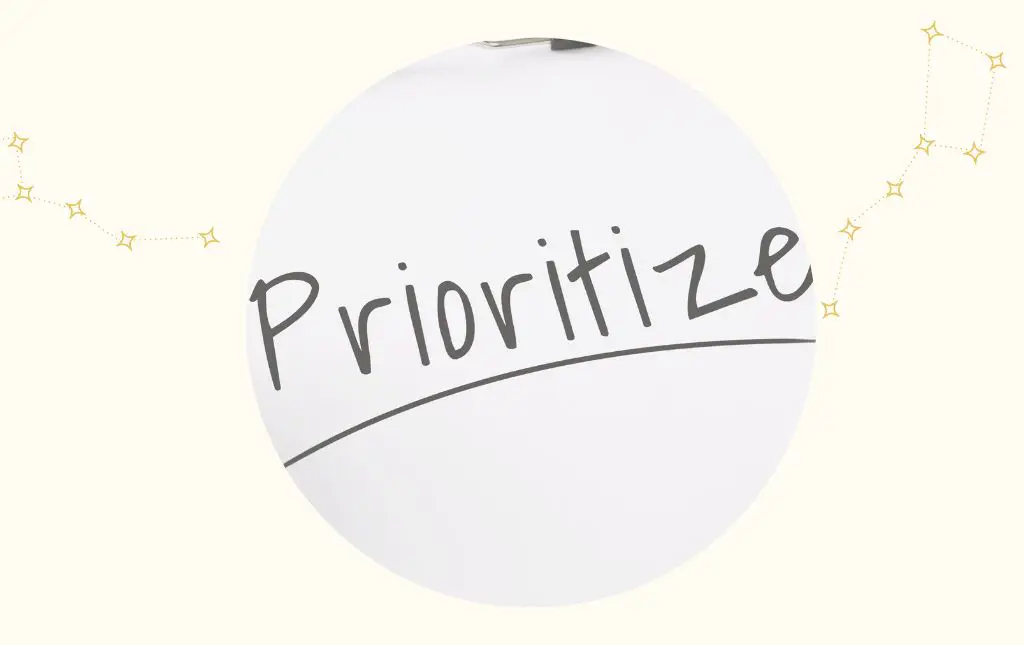
Prioritizing allows you to focus all of your energy on completing the most important or urgent task instead of trying to do everything at once and growing overwhelmed.
If there are several tasks that are equally important, assign each one a specific day and allocate that slot for it in your daily schedule so you don’t waste time trying to juggle multiple things at once.
This practice will also help keep you accountable since you’ll always have something specific that needs to be completed in a certain amount of time.
By having structure and prioritizing your tasks, it will become easier for you to use your time wisely and avoid procrastination.
2. Set specific goals & create a plan to achieve them
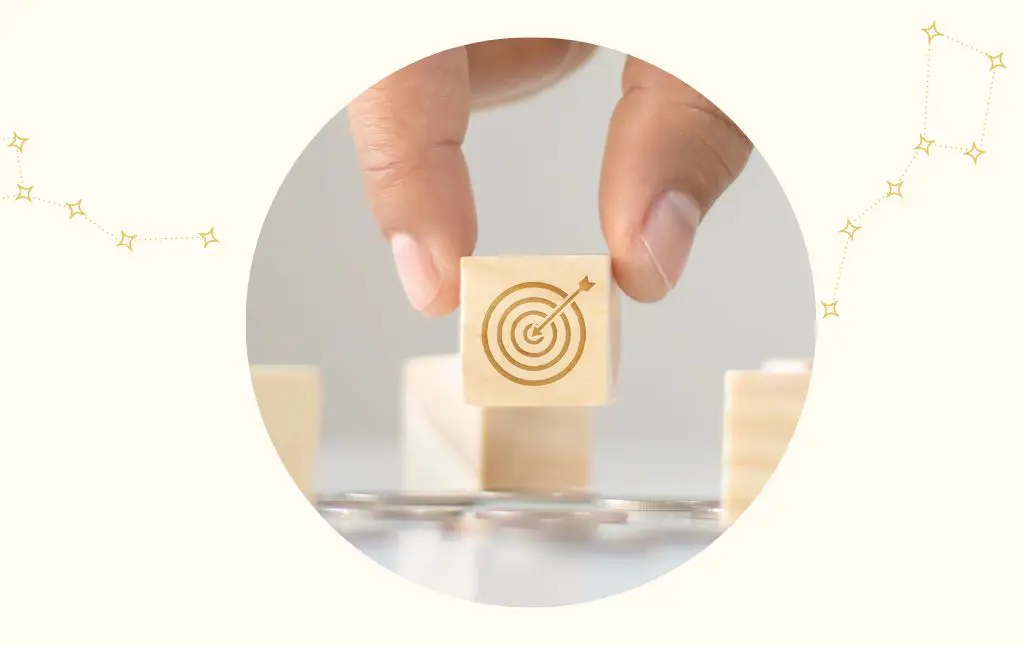
Setting well-defined goals will ensure that you remain focused and always know what needs to be done with your time. By having specific goals, you’ll be able to create a plan for your day or week accordingly and stay on track.
You can also use this strategy by creating time slots in your schedule. Assign a certain amount of time for each activity.
For example, decide that you’ll allocate 30 minutes for answering emails in the morning and another 30 minutes in the evening for responding to any new messages or upcoming tasks.
This way, you’ll have enough free time towards the end of the day which you can use to relax, exercise, or just spend some quality time with friends and family.
3. Make to-do lists and break them into chunks
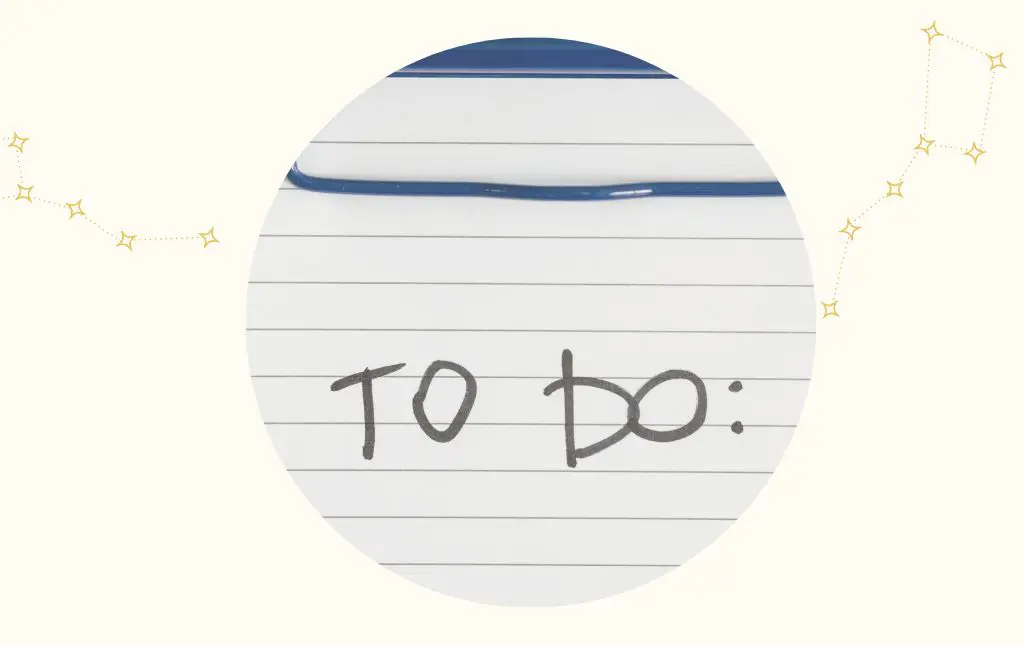
To-do lists are a great way to stay organized and make sure that you don’t forget any important tasks. Break your list into smaller chunks so that it’s easier to manage and complete each task one by one.
This will also help you prioritize better since you can focus on the most important items first and then move on to the less urgent ones.
you can also set deadlines for each task so that you don’t waste time trying to figure out when it needs to be done.
4. Avoid “time-fillers”
No matter how prepared and organized you are, there’s still the temptation to waste time or succumb to bad habits.
Avoiding activities that can turn into “time-fillers” a way of filling up spare time in order to avoid boredom or anxiety is a great way to make sure you don’t ever waste time.
Some common “time-fillers” include mindlessly scrolling through social media sites, browsing the internet for no real purpose, or excessively shopping online.
These activities only add stress, diminish productivity, and often leave us with feelings of regret and guilt later on.
Rather than wasting your free moments participating in these meaningless pursuits, focus instead on activities that lead to progress and fulfillment.
Listening to podcasts, reading books related to your career or hobby, exercising, or meditating can help you recharge while learning something new.
If you are having trouble breaking away from the cycle of “time-fillers” challenge yourself by setting specific boundaries around how much time you spend engaging in them each day/week.
With this newfound discipline comes a sense of control and accomplishment; ultimately eliminating unnecessary feelings of guilt caused by loose spending traits.
5. Create blocks of time for yourself
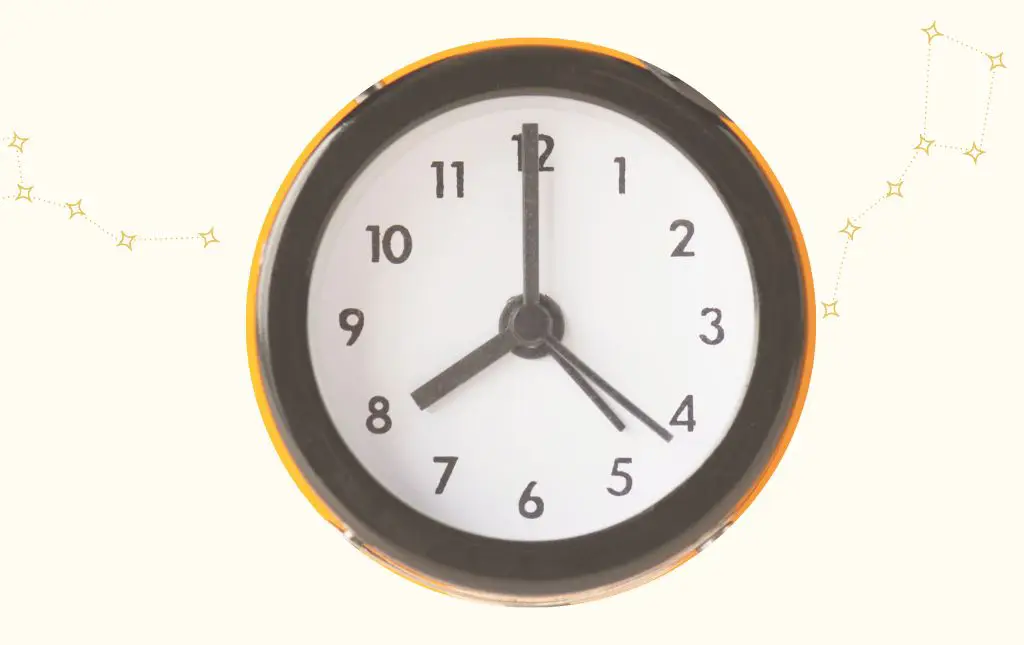
One effective way that I use to make sure that I’m not wasting my time is by creating blocks of time for myself. This could be 30 minutes or an hour depending on your schedule.
During this specified period of time, you can set goals such as catching up with emails and organizing your work tasks for the day.
Having a goal in mind helps you stay focused on what needs to be accomplished so you don’t lose track of time.
Setting up an email setup can also be helpful to manage your incoming mail efficiently without feeling overwhelmed. You may want to dedicate specific times throughout the day solely to responding to emails so it doesn’t consume too much of your energy unnecessarily.
Additionally, prioritizing tasks allows you to focus on what’s important, and completing those tasks first will help prevent time-wasting activities like scrolling through social media feeds when deadlines are looming over your head.
6. Cut down on multitasking & distractions
One surefire way never to waste time again is to cut down on multitasking and distractions. We have become obsessed with multitasking answering an email while writing a blog post or scrolling through Instagram while talking on the phone.
However, it doesn’t take long before you realize how much time has been wasted by doing multiple things at once.
Put your phone on Do Not Disturb (DND) mode when you want to concentrate on a particular task and limit yourself from using apps like Facebook or Instagram that could be considered as distractions. This will help you stay focused and make better use of your time.
Also, you can try out the practice of ‘time blocking’, where essentially you block off chunks of time to accomplish specific tasks – this helps improve focus and productivity, thus letting you get more done in less time!
7. Put First Things First

Learning how to put first things first is one of the best ways to never waste time again. It’s all too easy to get bogged down in trying to respond to every incoming email as fast as possible and before you know it your morning has been eaten up with little done. You can avoid this by following a few simple steps each day.
First, make three lists – what must be done today, what should be done, and what could be done.
This will help you prioritize your tasks effectively and efficiently so that you can focus on what needs to be taken care of right away.
Next, set aside some dedicated time each day for responding to emails, phone calls, etc.
This way you can make sure that everything gets attended to in due time without taking up a huge chunk of time out of your day every time something new pops up.
Try scheduling multiple activities within one block of time instead of spacing them out throughout the day so that you have more productive mornings and afternoons.
8. Rest from time-to-time & don’t forget self-care activities
It is important to remember that taking breaks and engaging in self-care activities are essential for maintaining productivity and avoiding burnout. Taking regular breaks throughout the day helps to clear your mind, refresh your energy levels, and refocus on the task at hand.
Self-care activities such as yoga, meditation, or even just taking a walk can help you relax and recharge so that you can come back to your work with a clear head and renewed energy.
9. Leverage Momentum with the Pomodoro Technique
The Pomodoro technique was developed by Francesco Cirillo back in the 1980s, and it is based on leveraging momentum to help you avoid wasting time again. It encourages you to focus for short periods of time, which can be a great way to improve your productivity significantly.
The technique works like this: decide on a task that you’ll work on, set a timer for 25 minutes, and then focus solely on completing that task until the timer runs out (this is called a “Pomodoro”). Then take five minutes to stretch, grab a bite of food or simply relax before setting another Pomodoro.
For example, I use the Pomodoro Technique to stay focused and productive throughout the day. Here’s how it works:
- Choose a task to focus on for 25 minutes
- Work on that task until the timer runs out
- Take a 5-minute break.
- Repeat this process 4 times, then take a longer break of 15-30 minutes
10. Batch similar tasks together to save time.
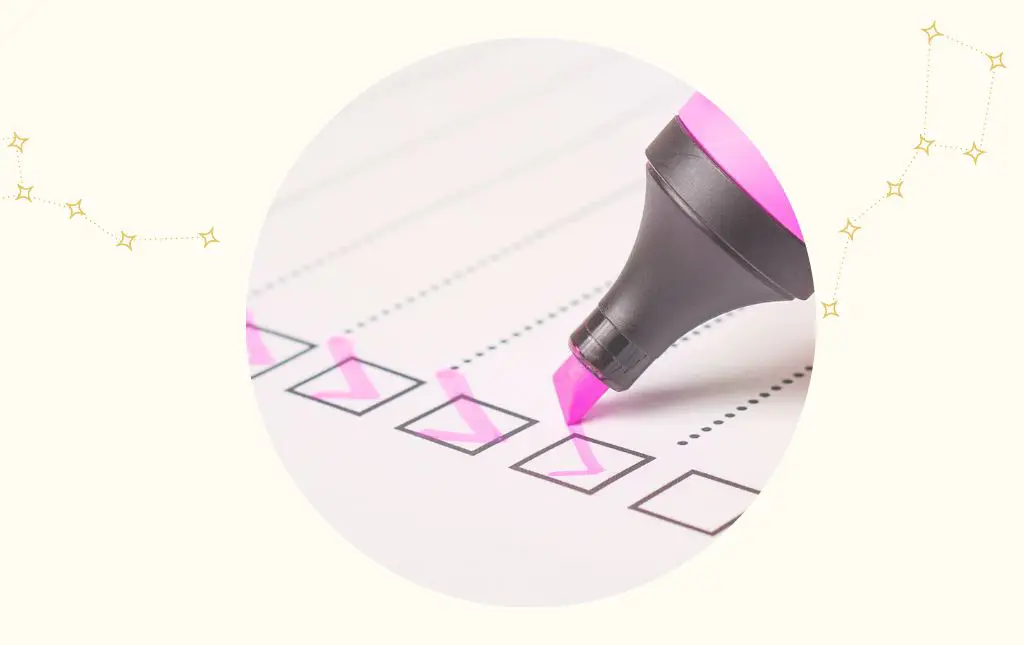
The idea of batching tasks is simple: group together related things that you have to do so that you can get them done all at once.
For example, instead of checking emails as they come in throughout the day, set aside a few times a day when you check emails and answer or respond to each message quickly and efficiently.
You’ll spend less time context-switching (going from one task to another) and more time benefiting from the momentum of focusing on a single type of task.
Another strategy is to set yourself up for success by making sure you are ready to tackle upcoming tasks or projects as soon as possible by preparing ahead of time.
This might involve gathering supplies, prepping ingredients in advance, or having the right resources ready before beginning a project.
Being prepared beforehand reduces the amount of wasted time fumbling for materials during a crucial moment.
11. Get enough sleep and exercise regularly.
Lack of sleep can lead to fatigue and poor concentration, resulting in prolonged periods of procrastination. Getting enough quality rest gives you the energy needed to focus and get things done efficiently.
Exercise is also important in this equation because it increases cognitive performance and memory recall speed. Exercise releases endorphins which make you feel good, reducing stress while increasing creativity and motivation. Set aside at least 30 minutes a day to do some form of physical activity and reap the benefits!
Remember that getting enough sleep and exercise doesn’t have to be treated as chores or means of wasting time – if you challenge yourself with physical activities that you actually enjoy doing (dancing, running, playing sports) it could even become time that you look forward to spending!
12. Set Smart Goals
A SMART goal is a specific, measurable, attainable, relevant, and time-bound goal. To make sure your objectives are in line with your ambition, you need to set yourself up for success by getting determined, realistic, and achievable results.
start by understanding what you want to achieve. Define a clear target that you can measure over a period of time such as doubling your web traffic every six months or completing 10 new projects in the next quarter.
Then break down these targets into accomplishable tasks and establish how long each task should take you from start to finish.
Writing out your action plan will help keep you organized and proactive rather than feeling overwhelmed or being left behind!
Remember to build in rewards for reaching milestones or objectives along the way – this will motivate you and ensure that you continue working on your goals until they are met.




